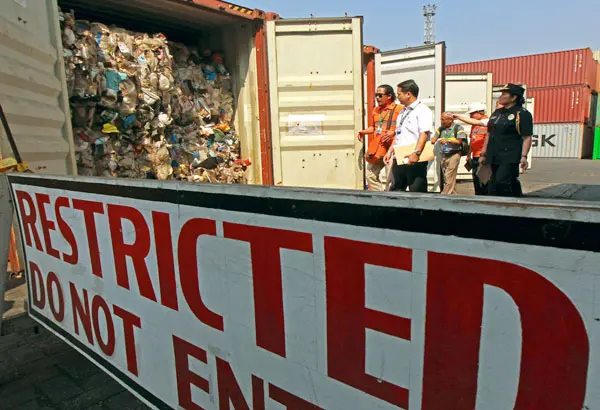Global – The global plastics scrap market has stagnated in the absence of shipments to China, which had been the world’s largest importer at around 7 million tonnes per year. Since the beginning of September, flows to China have been drastically reduced and, as of now, virtually no exports are heading there, reports Surendra Borad Patawari of Gemini Corporation NV in Belgium, chairman of the BIR world recycling organisation’s plastics committee.
South East Asia has been taking 10-15% of Europe’s exports of plastics scrap compared to 55%-plus for China. However, news is emerging of many new planned investments in South East Asia’s recycling sector in the immediate future and the region’s imports over the last two months have been significantly higher than in the same period last year.
According to a report from the China Scrap Plastics Association, officials in the country have indicated that plastic scrap import licences will be issued for 2018. However, these are likely to go only to those consuming factories able to show clean records and full compliance with environmental regulations. As a result, imports into China could plunge next year, leaving overseas suppliers to find alternative outlets for perhaps 5 million tonnes of plastics scrap. Many European exporters are now moving their material to Eastern Europe, Spain and Portugal, where sorting is still economical in comparison to Central and Western Europe, thus providing these countries with opportunities for new investments.
*The full version of Recycling International’s latest Plastics report will appear in its 7/2017 issue.
Don't hesitate to contact us to share your input and ideas. Subscribe to the magazine or (free) newsletter.



